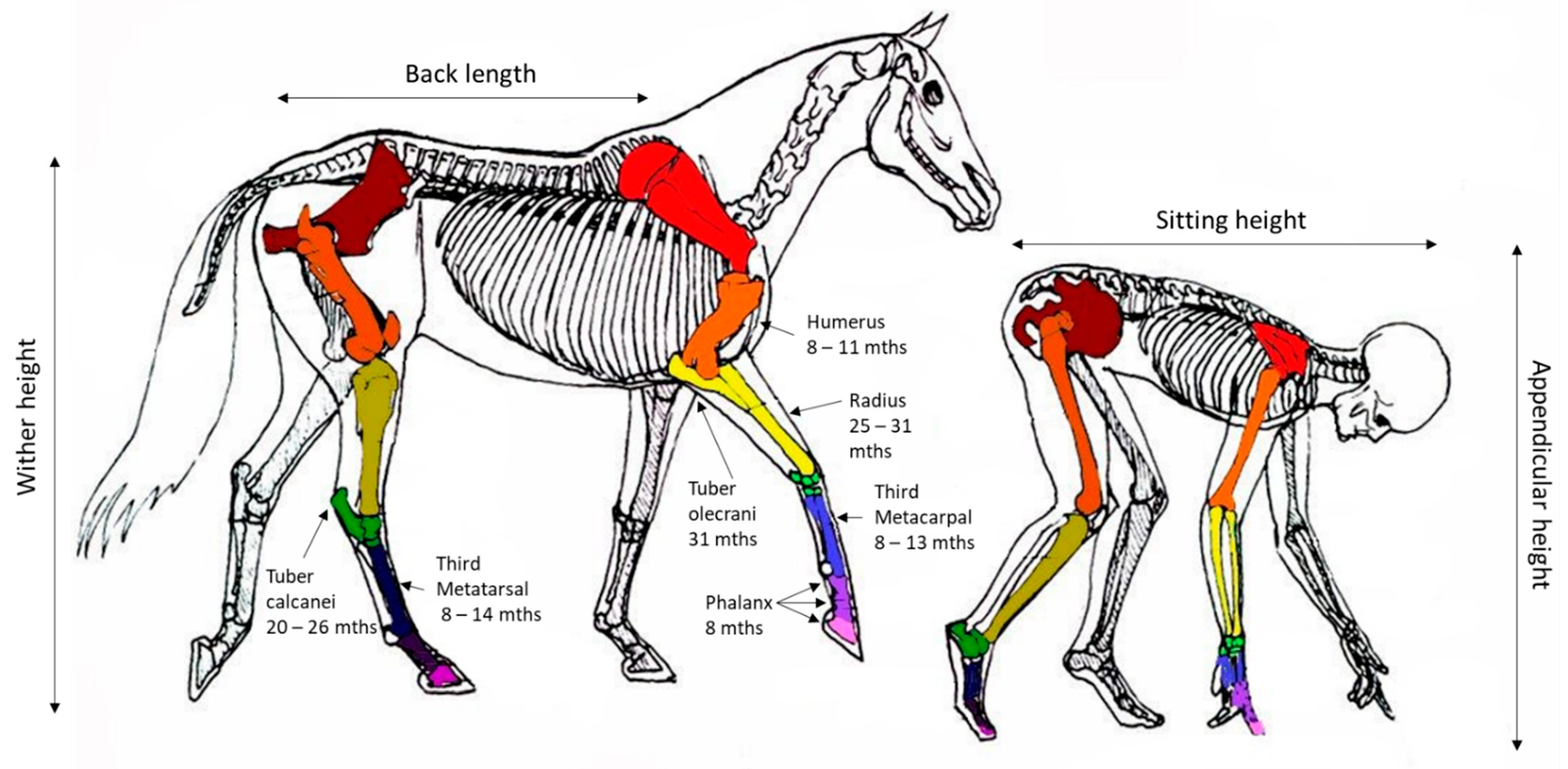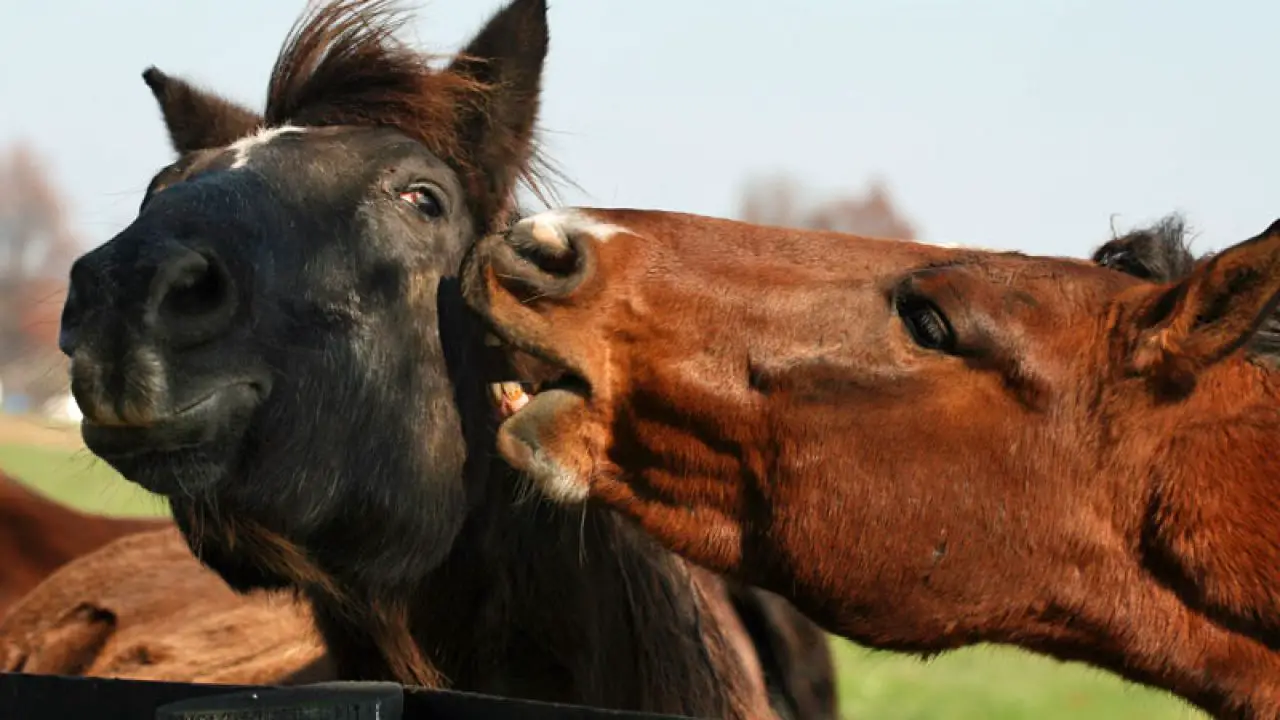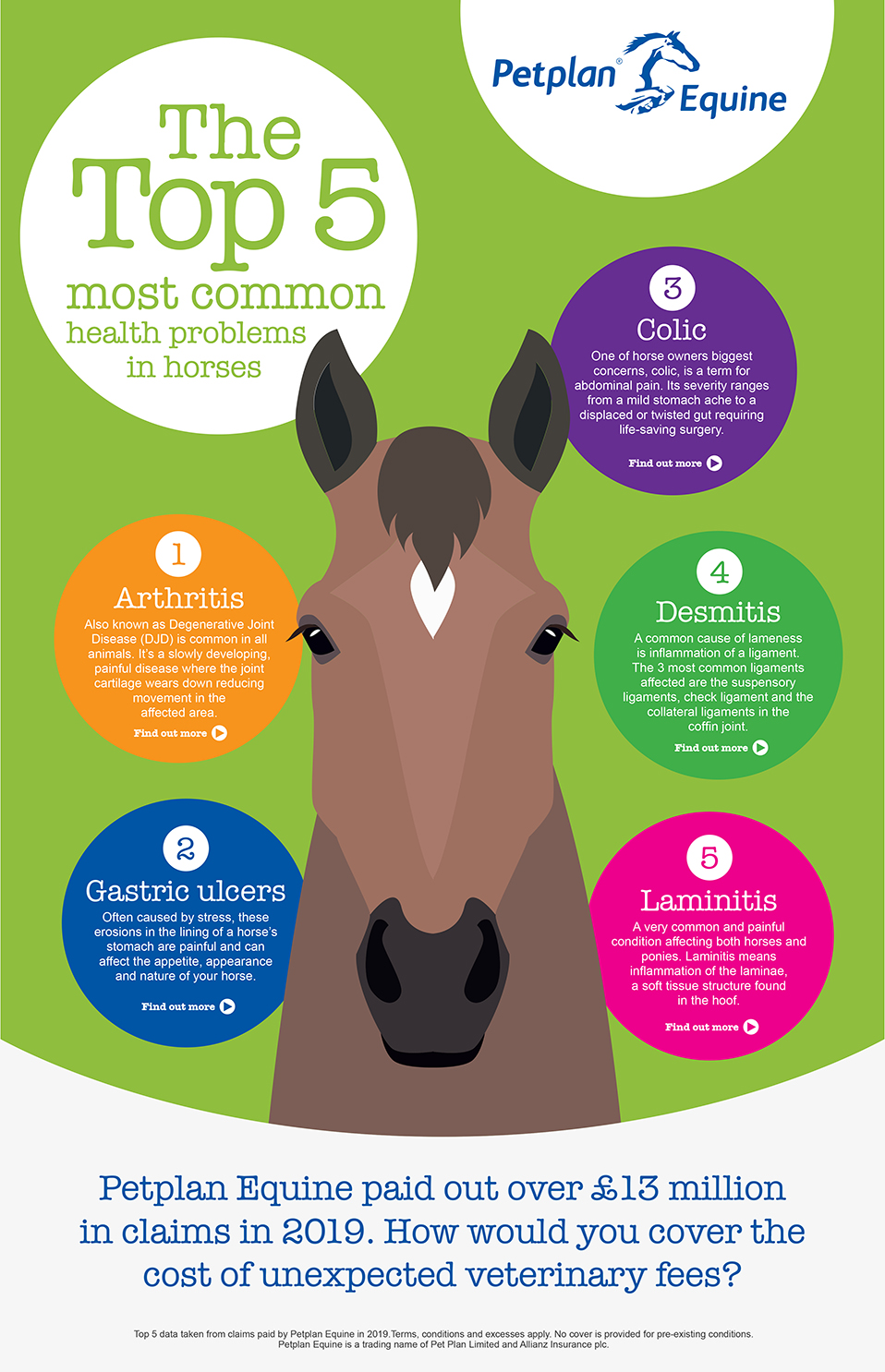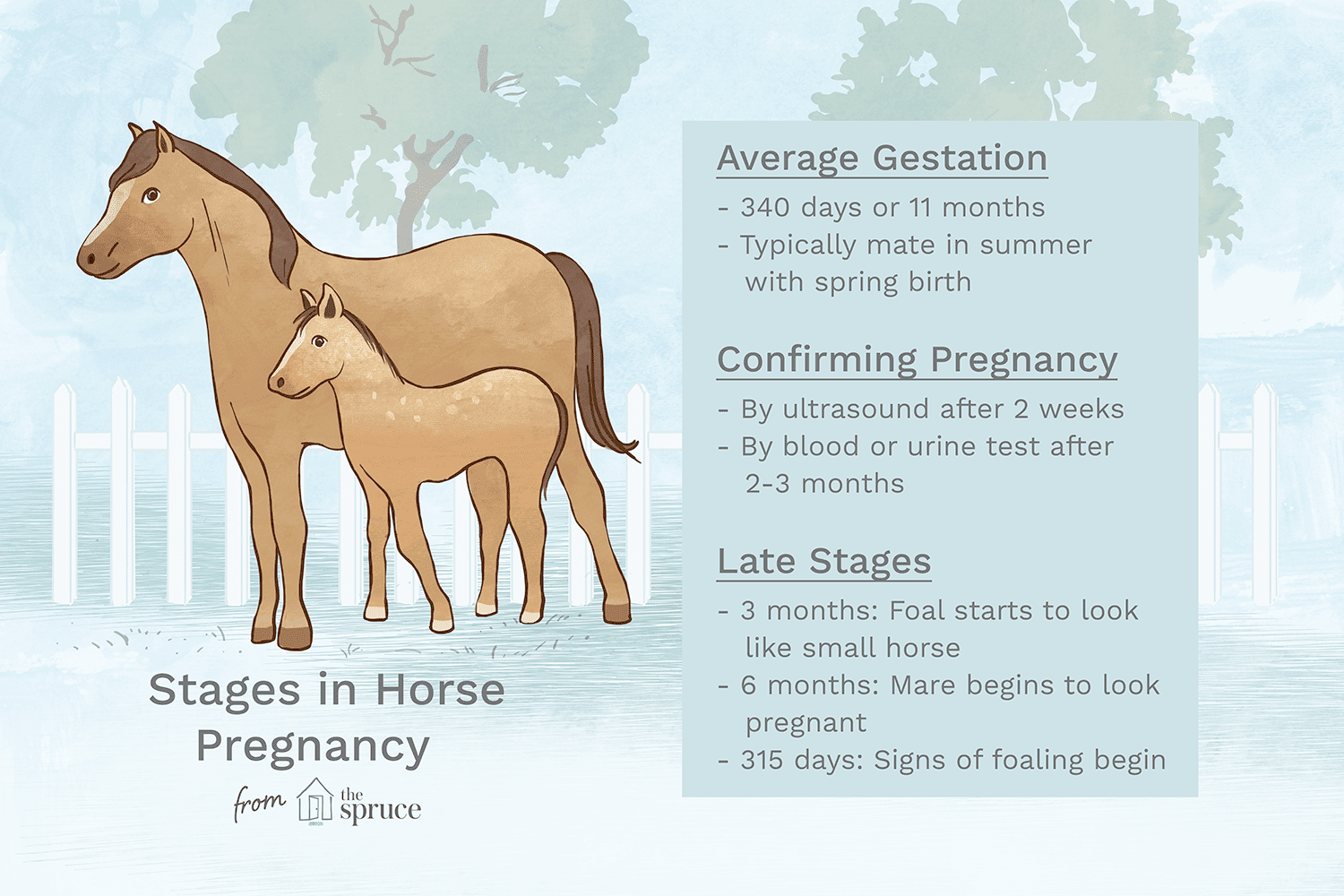As a horse owner or breeder, one of the important considerations is determining the appropriate age at which a horse can be bred. Breeding horses at the right age is crucial for the health and well-being of both the mare and the foal. In this article, we’ll delve into the factors that influence the age at which a horse can be bred, the risks associated with breeding too early or too late, and the optimal age for breeding horses.
Understanding Maturity in Horses

Before discussing the age at which a horse can be bred, it’s essential to understand the concept of maturity in horses. Maturity in horses refers to the development of their physical, mental, and reproductive capabilities. While the chronological age of a horse provides a general guideline, the individual maturity of a horse should be the primary consideration when determining the appropriate age for breeding.
Physical Maturity
Physical maturity in horses is characterized by the development of their skeletal structure, muscle mass, and overall body conformation. Horses continue to grow and develop until reaching skeletal maturity, which is typically around the age of 4 to 5 years old. Breeding a horse before reaching skeletal maturity can result in inadequate physical development and potential health issues for both the mare and the foal.
Reproductive Maturity
Reproductive maturity in horses refers to the readiness of the reproductive system to support a healthy pregnancy and foal development. Mares reach reproductive maturity at different ages, with some being ready to breed as early as 2 to 3 years old. However, it’s important to consider the individual readiness of the mare’s reproductive system, rather than solely relying on chronological age, to ensure a successful breeding process.
Factors Affecting Breeding Age

Several factors influence the appropriate age for breeding horses, including breed, individual growth rate, and intended use of the foal. Different horse breeds have varying rates of maturity, with some reaching physical and reproductive maturity earlier than others. Additionally, the intended use of the foal, whether for performance, racing, or general use, can impact the ideal breeding age to ensure the development of desirable traits and capabilities.
Breed-Specific Maturity
Certain horse breeds, such as ponies and some warmblood breeds, tend to mature earlier than larger breeds like draft horses or warmbloods. Understanding the specific maturity timeline of the breed is crucial in determining the optimal age for breeding. Breed associations and equine professionals often provide guidelines regarding the recommended breeding age for each specific breed.
Growth Rate and Development
Individual growth rate and development play a significant role in determining the appropriate breeding age for horses. Some horses may reach physical and reproductive maturity earlier or later than the average age for their breed due to genetic factors, nutrition, and overall health. Monitoring the growth and development of a horse through regular veterinary assessments can help determine the optimal age for breeding.
Intended Use of the Foal
The intended use of the foal also influences the ideal breeding age. For example, horses intended for performance or competition may benefit from being bred later to allow for further development and maturity, while horses intended for general use may have a broader range of suitable breeding ages. Understanding the specific requirements of the foal’s intended purpose is essential in determining the appropriate age for breeding.
Risks of Breeding Too Early or Too Late

Breeding a horse too early or too late can pose significant risks to the health and well-being of the mare, the foal, or both. Understanding the potential risks associated with breeding outside the optimal age range is crucial for making informed breeding decisions.
Risks of Breeding Too Early
Breeding a mare before she has reached physical and reproductive maturity can lead to various complications, including:
– Inadequate skeletal development, potentially resulting in conformational issues and musculoskeletal problems in the foal.
– Increased risk of pregnancy complications, such as dystocia (difficult birth) and uterine issues in the mare.
– Reduced maternal care and milk production, which can impact the foal’s health and development.
Risks of Breeding Too Late
On the other hand, delaying breeding until an advanced age can also pose risks, including:
– Decreased fertility and reproductive efficiency in older mares, leading to challenges in conceiving and maintaining a pregnancy.
– Increased incidence of age-related reproductive disorders, such as uterine infections and hormonal imbalances.
– Higher risk of pregnancy and foaling complications, potentially impacting the health and survival of the foal.
Optimal Age for Breeding Horses

While the optimal age for breeding horses can vary based on individual factors and intended purposes, there are general guidelines that can help determine the most suitable breeding age for horses.
Recommended Breeding Age for Mares
For most horse breeds, the recommended breeding age for mares falls within the range of 3 to 15 years old. However, it’s important to consider the mare’s physical and reproductive maturity, as well as her overall health and soundness, rather than strictly adhering to a specific chronological age. Mares should ideally be bred when they have reached skeletal maturity and their reproductive systems are fully developed and functional.
Recommended Breeding Age for Stallions
Stallions typically reach sexual maturity and are capable of breeding between the ages of 2 to 4 years old. However, the optimal age for breeding a stallion should also consider their physical and mental maturity, as well as their ability to produce viable and healthy sperm. Regular evaluation by a veterinarian can help determine the readiness of a stallion for breeding.
Interested in learning more about horses? Explore our articles on when a horse can be ridden, how to adopt a horse, and how long a horse can run for valuable insights into the world of these majestic animals!
Conclusion

Determining the appropriate age for breeding horses is a complex decision that requires careful consideration of various factors, including breed-specific maturity, individual growth and development, and the intended use of the foal. Breeding horses at the right age is essential for ensuring the health and well-being of the mare and the foal, as well as optimizing reproductive efficiency and success. By understanding the factors that influence the breeding age of horses and being aware of the potential risks associated with breeding too early or too late, horse owners and breeders can make informed decisions to promote the welfare of their equine companions.



